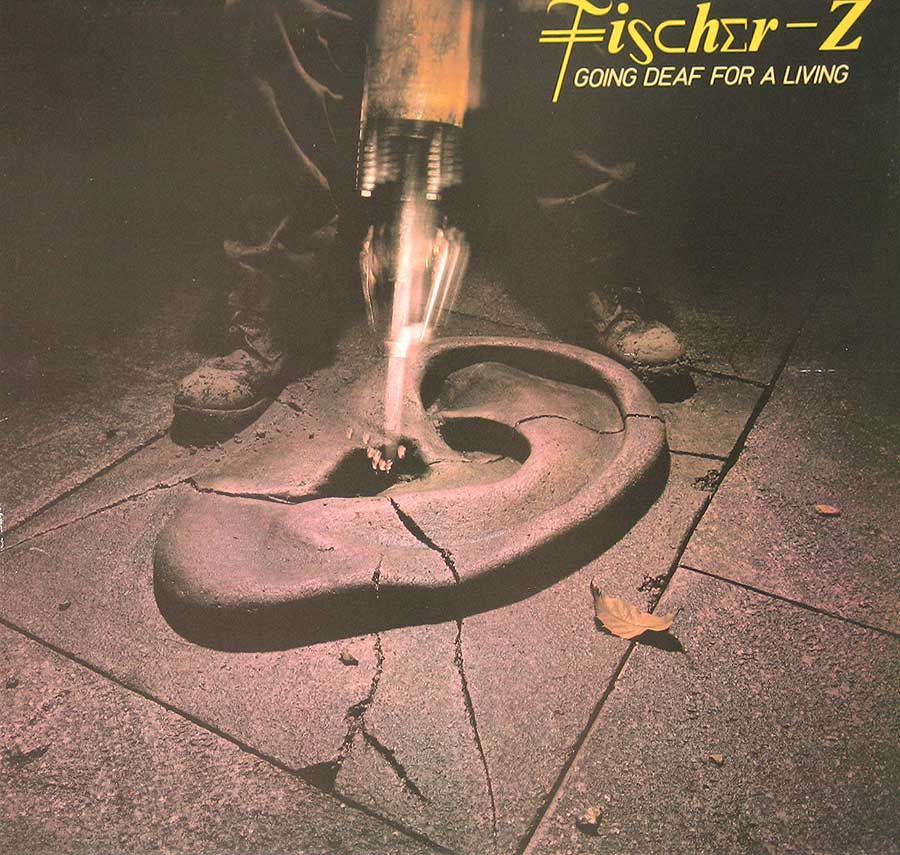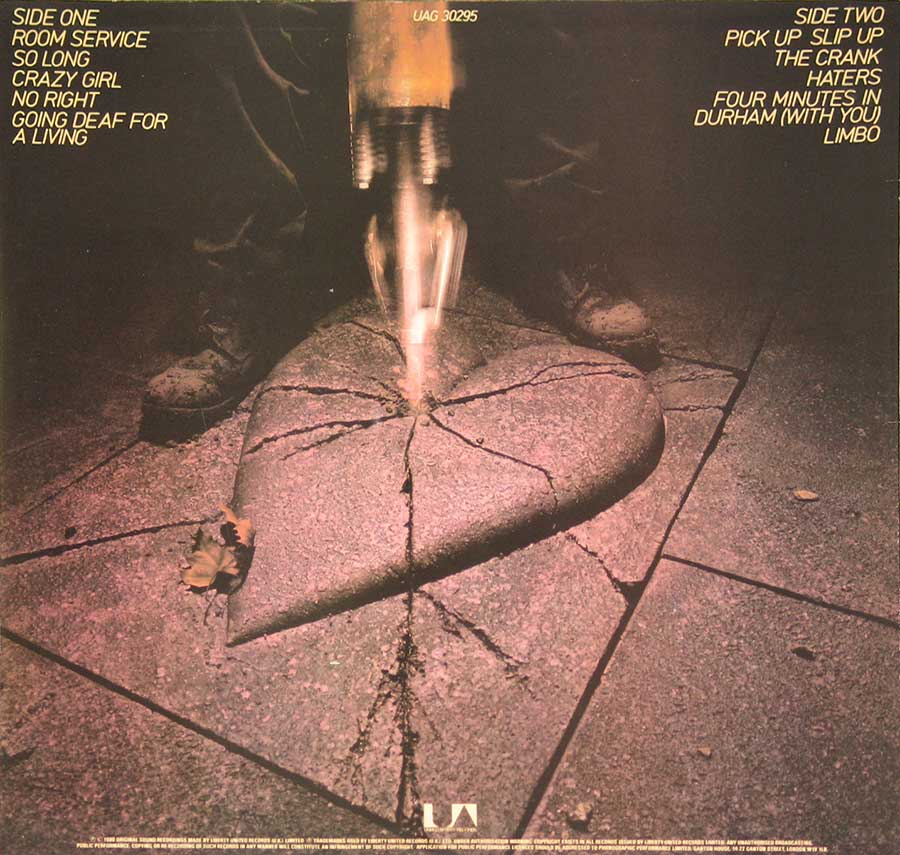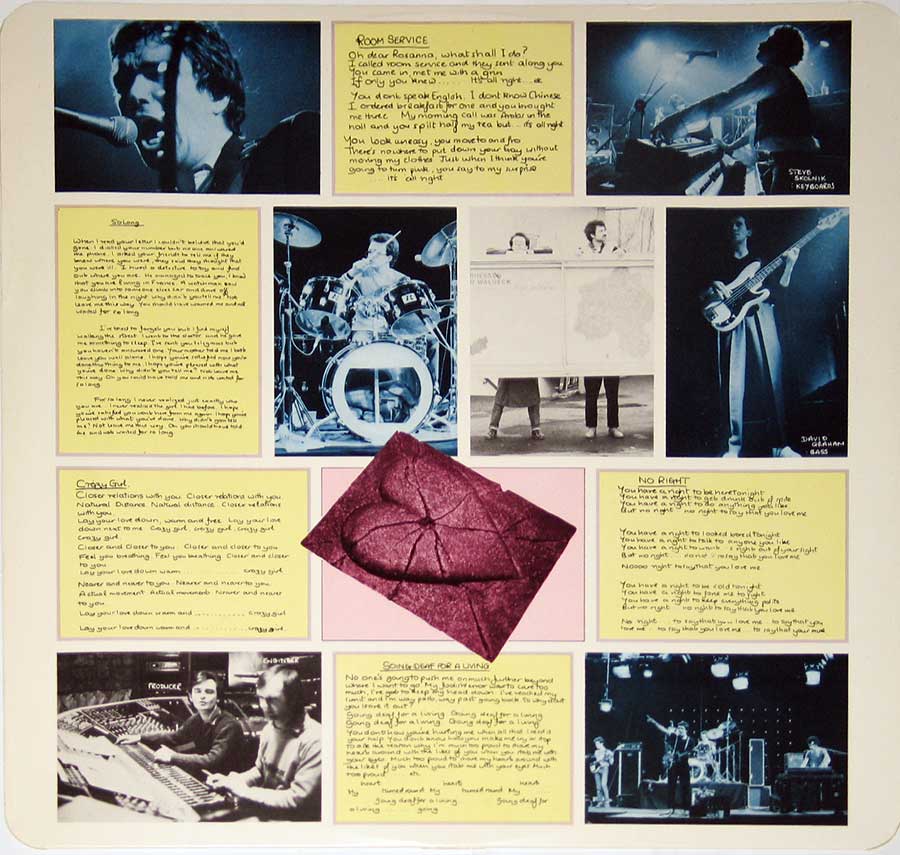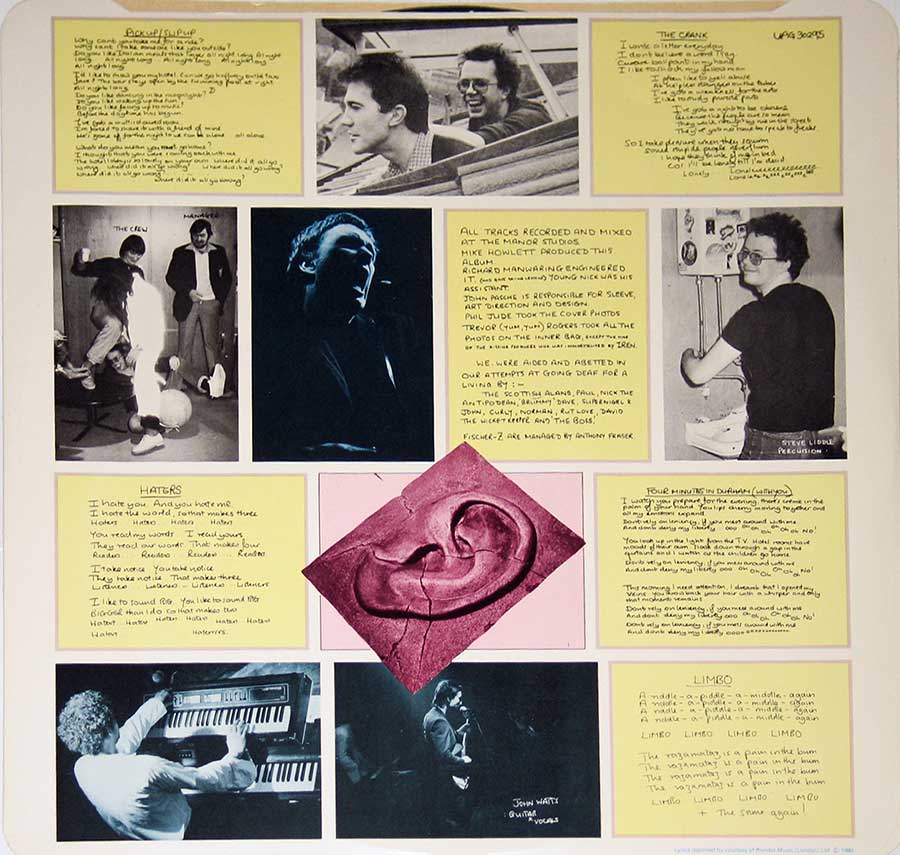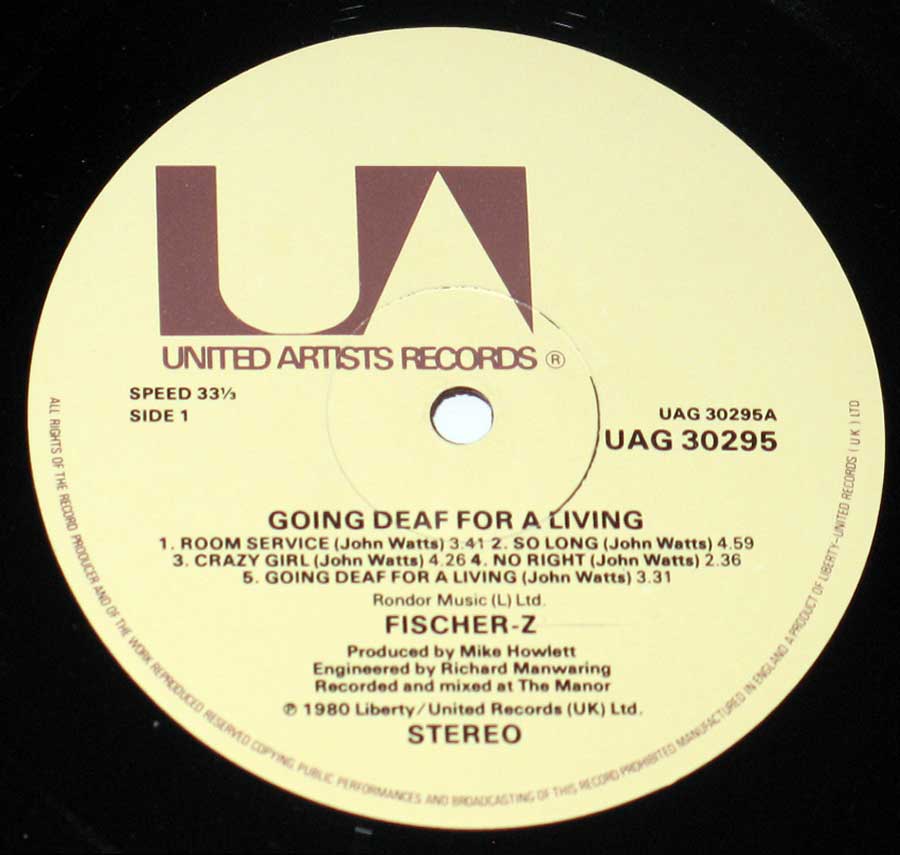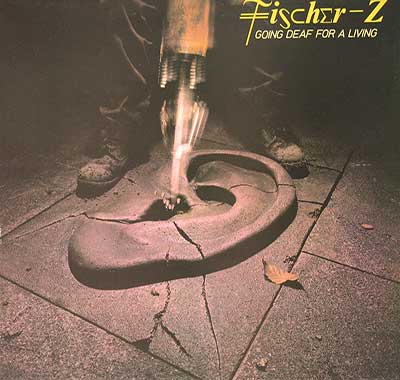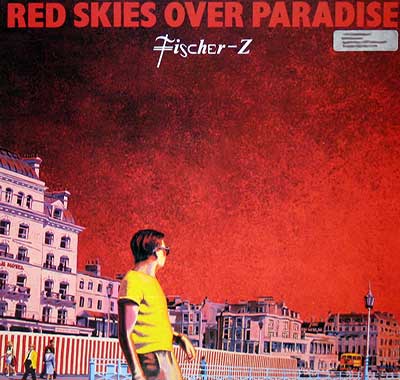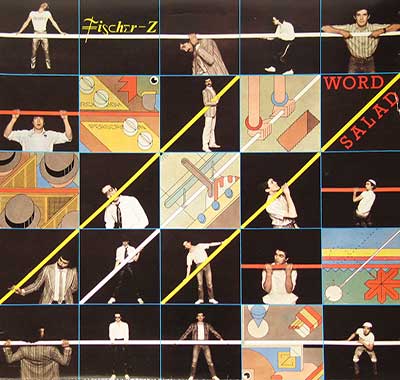"Going Deaf for a Living" Album Description:
In the vibrant tapestry of the British Rock and New Wave movement of the 1980s, Fischer-Z's album "Going Deaf for a Living" stands as a testament to the creative energy and experimental spirit that defined the era. Released in 1980, this studio album marked a pivotal moment for the band and encapsulated the essence of the musical landscape during that time.
Time Period: A Glimpse into the 1980s Musical Landscape
The early 1980s were characterized by a dynamic and eclectic music scene, where genres blended, and artists embraced innovation. The New Wave movement, with its unconventional sounds and avant-garde approach, was at the forefront of this musical revolution. Fischer-Z, led by the charismatic John Watts, emerged as a distinctive voice within this era, contributing to the evolving soundscape with their unique blend of rock and new wave elements.
Production Insight: Mike Howlett and the Creative Alchemy
The production of "Going Deaf for a Living" was helmed by Mike Howlett, a seasoned producer with an impressive track record. Howlett's work with bands like Gong and Stranglers showcased his ability to navigate diverse musical styles, making him a perfect fit for Fischer-Z's eclectic sound.
Rondor Music Ltd, the production company associated with the album, played a crucial role in providing the artistic freedom necessary for Fischer-Z to explore and experiment. This collaboration resulted in an album that not only captured the zeitgeist of the 1980s but also pushed the boundaries of what was considered mainstream.
Sound Engineering Mastery: Richard Manwaring's Contribution
Behind the scenes, the sound and recording engineering duties were entrusted to Richard Manwaring, a name synonymous with technical prowess in the music industry. His meticulous approach to capturing the essence of Fischer-Z's performance added a layer of sonic richness to the album. Recorded and mixed at the iconic Manor Studios, known for its association with many groundbreaking records, the production of "Going Deaf for a Living" benefited from a creative environment that fostered innovation.
The Manor Studios: A Hub of Musical Creativity
The choice of the Manor Studios for recording and mixing further solidified the album's place in the annals of musical history. Situated in the picturesque countryside of Oxfordshire, the Manor Studios provided a tranquil yet inspiring setting for artists. Fischer-Z's decision to bring their sonic experiments to this renowned studio undoubtedly contributed to the album's unique character
